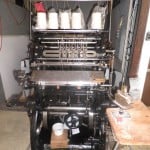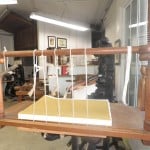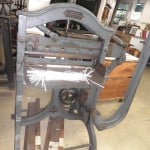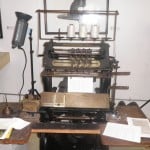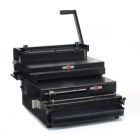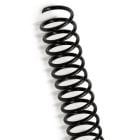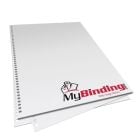A Visit to the American Bookbinders Museum
Today's post is written by MyBinding.com Marketing Specialist Tarragon Agostini.
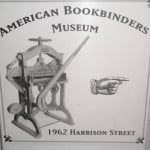
Part of my job working in the marketing department at MyBinding.com is continuing to learn more about our products and industry. So a couple months ago, out of curiosity, I typed the term “bookbinding museum" into the world's favorite search engine. You can imagine my surprise when it actually returned a legitimate result: The American Bookbinders Museum. As I was perusing the museum's site, I was even more surprised to discover that it's located in San Francisco. Guess who happened to have a family trip planned to San Francisco in the weeks to come? That's right, me. To say this discovery was serendipitous is perhaps an understatement. Nay, it was fate.
Fast forward several weeks. My family and I are standing in Taurus Bookbindery at 2736 Sixteenth Street in San Francisco. We've just met Tim James, who is a book binder by trade and the driving force behind the bookbinding museum. We walk around the corner from Tim's shop to the museum. He unlocks the door and lets us in.
Now, let's get one thing straight from the beginning. This museum is not about the history of book printing; rather, this museum is about book binding. This distinction, I would come to learn, is important.
The museum itself is made up of two rooms filled with presses, guillotines, binding machines, hand tools, and photographs. The first things you notice are the big pieces of equipment. For instance, just past the wooden hand sewing binding frame, a large cast iron press catches your eye. The press, we're told, is an English 1832 Imperial Arming Press used for embossing or stamping. Tim explains and demonstrates how the press and its tools work.
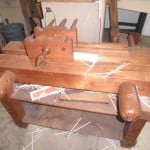
Tim then moves on to a Hickok board shear from 1869, a massive wooden apparatus. If you can think of a carpenter's workbench with a vice and plane all in one, it might give you an idea of this impressive machine. Now, I don't want to give the whole experience all away, so I will just say that Tim continues to move from machine to machine, explaining in great detail the inner workings of machines like guillotine paper cutters and bookbinding sewing machines. As we move about the museum, we also see diagrams and pictures on the walls of binderies and the people who worked in them, which Tim brings this to life with his words.
One of the fascinating facts I didn't realize was that San Francisco once had the largest printing industry in the West. San Francisco's binderies were responsible for making account books for shopkeepers, bankers, hotels, and more. During an earthquake and fire in 1906, however, 30 of these binderies were burned and damaged, if not destroyed completely. Thankfully, in time, most of these binderies were able to rebuild.
To say Tim is passionate about the Bookbinders Museum wouldn't be an exaggeration. In fact, he mentions his hope to one day mold the museum into a living, breathing live-history piece where people of all ages can see these tools and history come to life. This is the legacy he hopes to leave behind.
For more information about the American Bookbinders Museum, please check out their website at www.bookbindingmuseum.com. And if you happen to find yourself in the San Francisco area, I highly recommend taking the time to visit this wonderful little piece of American history. Tell Tim that Tarragon sent you.
